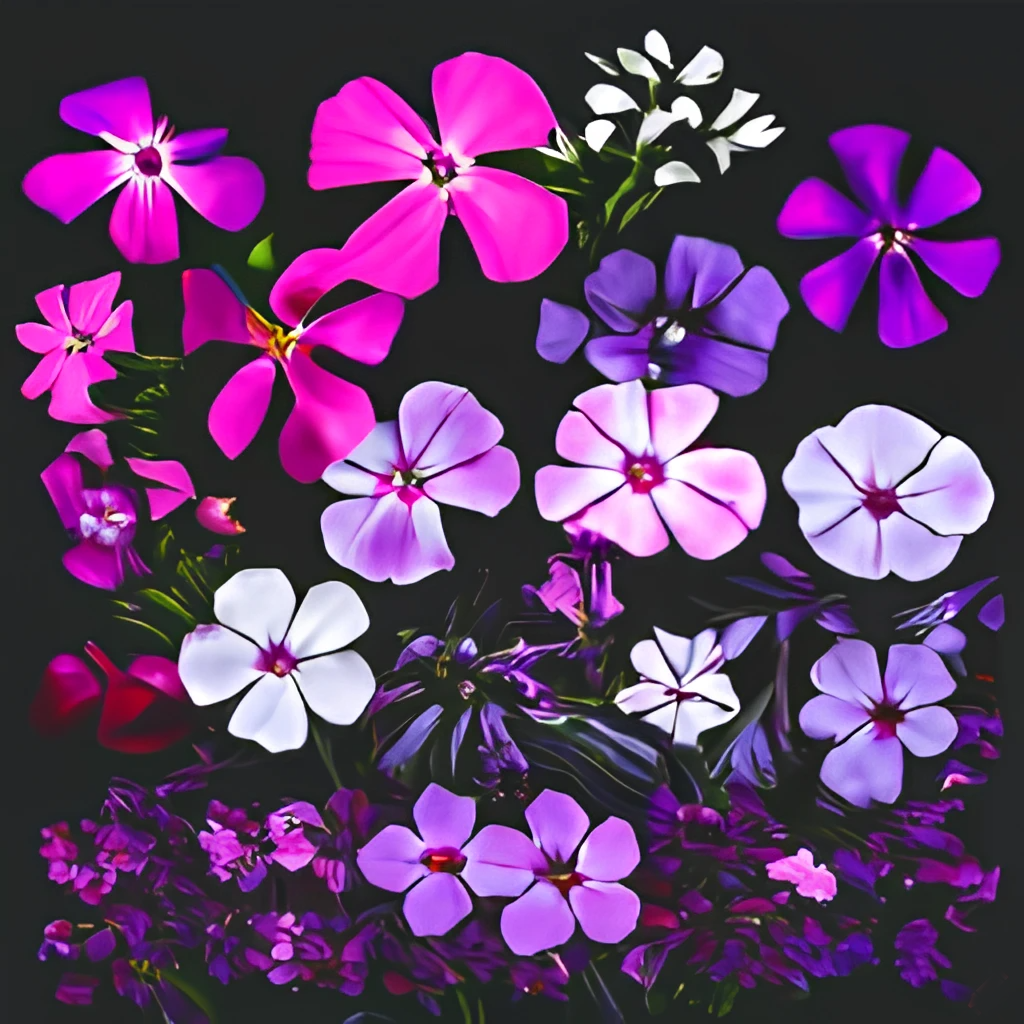If you're new to gardening, you may have heard of phlox, a beautiful flowering plant that comes in a wide variety of types and species. But with so many different types of phlox out there, it can be hard to know which one to choose for your garden. In this guide, we'll explore the differences between some of the most popular types of phlox and help you find the perfect one for your needs.
- Phlox subulata
Phlox subulata, also known as creeping phlox, is a low-growing, mat-forming plant that produces masses of small, colorful flowers in the spring. This type of phlox is perfect for rock gardens, borders, and groundcovers. It's also very easy to care for and requires minimal maintenance.
- Phlox divaricata
Phlox divaricata, also known as woodland phlox, is a woodland plant that produces beautiful, fragrant flowers in the spring. This type of phlox is perfect for shady areas and can be used as a groundcover or border plant. It's also very attractive to butterflies and other pollinators.
- Phlox paniculata
Phlox paniculata, also known as garden phlox, is a tall, upright plant that produces large, showy flowers in the summer. This type of phlox is perfect for adding height and color to borders, and it's also great for cutting and using in floral arrangements.
- Phlox carolina
Phlox carolina, also known as Carolina phlox, is a low-growing, spreading plant that produces clusters of small, colorful flowers in the spring. This type of phlox is perfect for rock gardens, borders, and groundcovers, and it's also very easy to care for.
- Phlox glaberrima
Phlox glaberrima, also known as smooth phlox, is a tall, upright plant that produces large, showy flowers in the summer. This type of phlox is perfect for borders and makes a great cut flower. It's also very attractive to butterflies and other pollinators.
- Phlox hybrida
Phlox hybrida, also known as hybrid phlox, is a group of plants that have been bred from different species of phlox to produce a wide variety of colors, shapes, and sizes. This type of phlox is perfect for adding color and interest to borders, and it's also great for cutting and using in floral arrangements.
It's worth noting that there are also many cultivated varieties of each of the different types of phlox available. For example, there are dozens of different cultivars of Phlox subulata with a wide range of flower colors, from white and pink to deep purple and blue. Similarly, there are many different cultivars of Phlox paniculata with flowers ranging from pure white to deep magenta, and many shades in between.
These cultivated varieties have been developed through selective breeding to enhance certain traits, such as flower size, color, and fragrance, or to improve disease resistance and hardiness. This means that gardeners have a wide range of options when it comes to selecting the perfect phlox for their garden, whether they are looking for a specific color or a plant that is particularly hardy in their climate.
So if you're interested in growing phlox in your garden, be sure to explore the wide variety of cultivated varieties that are available in addition to the different types of phlox. You might be surprised by the incredible range of colors and forms that you can find, and you're sure to find a phlox that is perfect for your garden.

